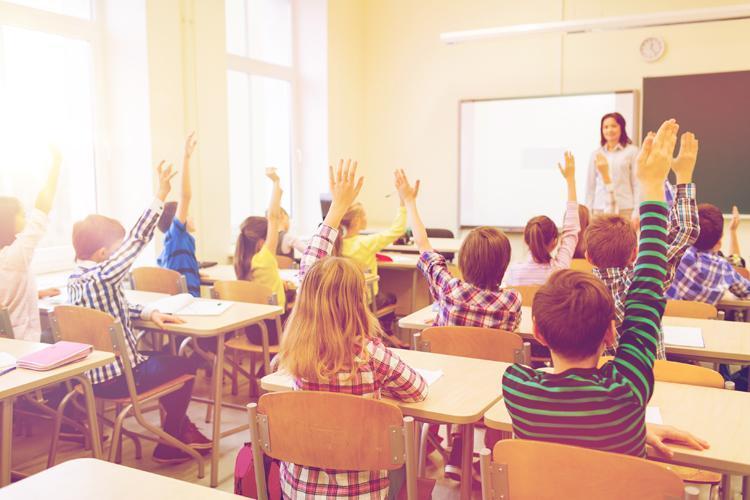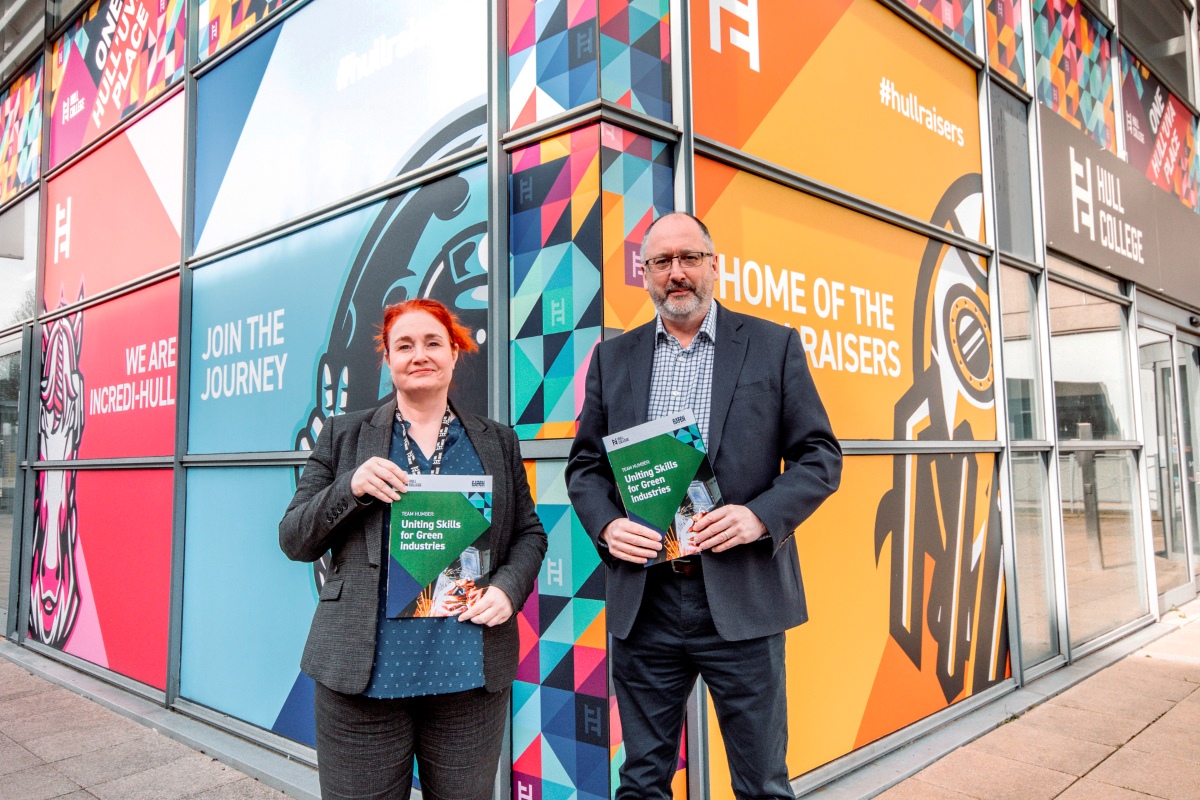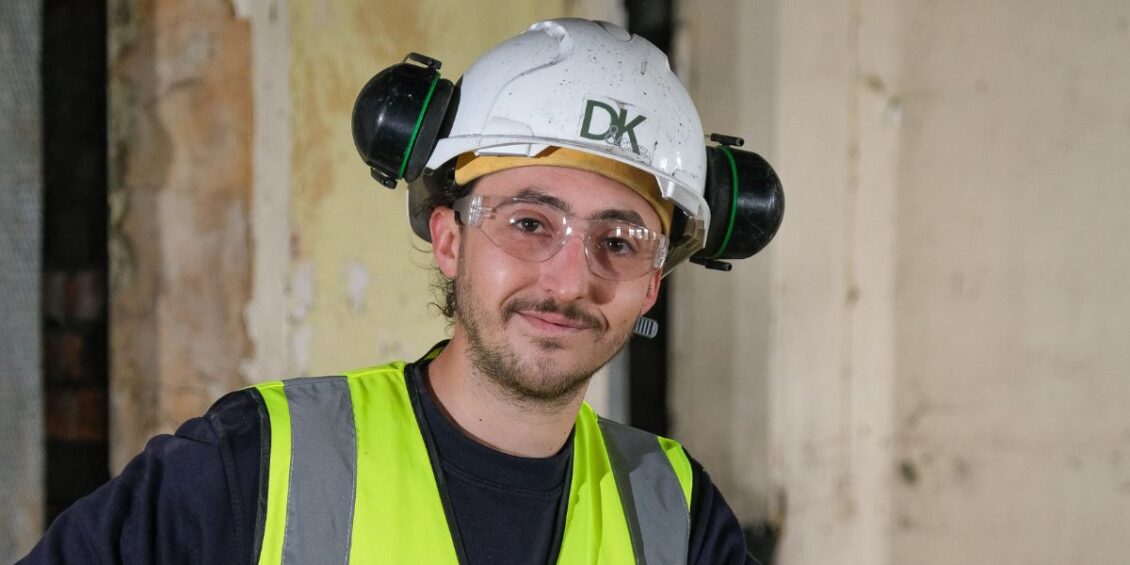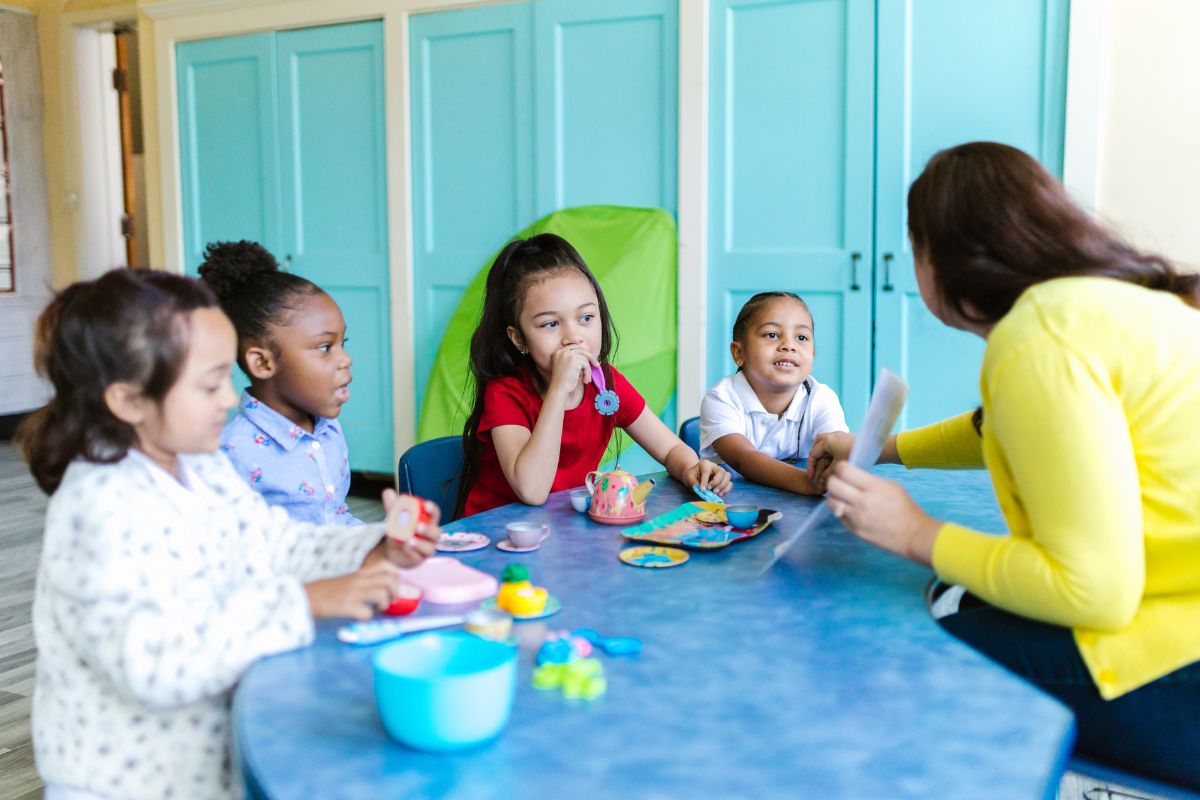How teachers can prepare for returning to the classroom

Rene Buhay, VP of Sales and Marketing at AVer Europe, the award-winning provider of video collaboration systems, gives his advice
When the COVID-19 pandemic hit the UK a year ago, teachers completed the herculean task of adjusting to distance learning almost overnight. New technology, approaches and skillsets were required to ensure students stayed online and engaged.
While the classroom will be a familiar education setting to return to, it will look very different – and not just because of testing or social distancing. There are some technological considerations that teachers will have to navigate. We’ve explored these to help these education heroes get back to what they do best, as soon as possible.
Keeping devices fully powered
Many students have been using laptops and other devices from home to sign into lessons. Schools need to ensure they have the right infrastructure to charge these devices quickly and easily should the students bring these devices into schools, without having to rely on just power sockets. Now is the time to be investing in charging carts so that students’ learning is not interrupted.
Investing in premium quality
New familiarity with platforms such as Zoom and Microsoft Teams from distance learning creates opportunities for different approaches within the classroom and beyond. The audio and visual capabilities of built-in web cameras may have sufficed for an individual teaching or learning at home, but these microphones and cameras will now have to compete with more background noise and interruptions. Premium quality cameras with features such as 4K, back light compensation and smarter microphone sensitivity may be needed to make the most of the platforms’ capabilities.
Assurance with platform agnostic technology
Many schools may have been using a combination of Zoom, MS Teams, Google Hangouts and other platforms to offer the best distance learning experience. It’s important that any technology that the school now invests in is certified for usage on all these platforms to avoid additional costs further down the line, or further interruptions in the students’ learning experience.
It is critical that yet another big shift in education does not impact the learning experience further, and with these considerations, schools can help to make this transition as smooth as possible.












Responses